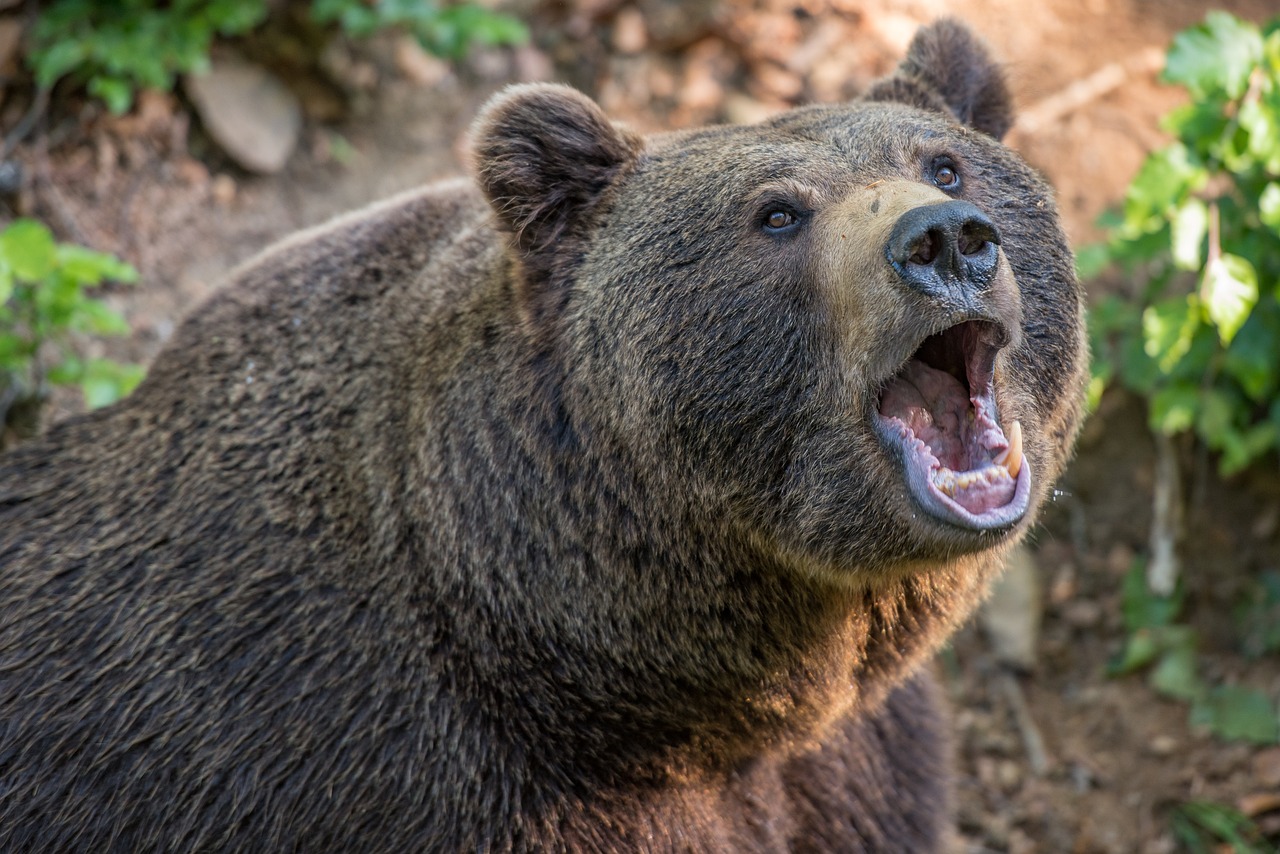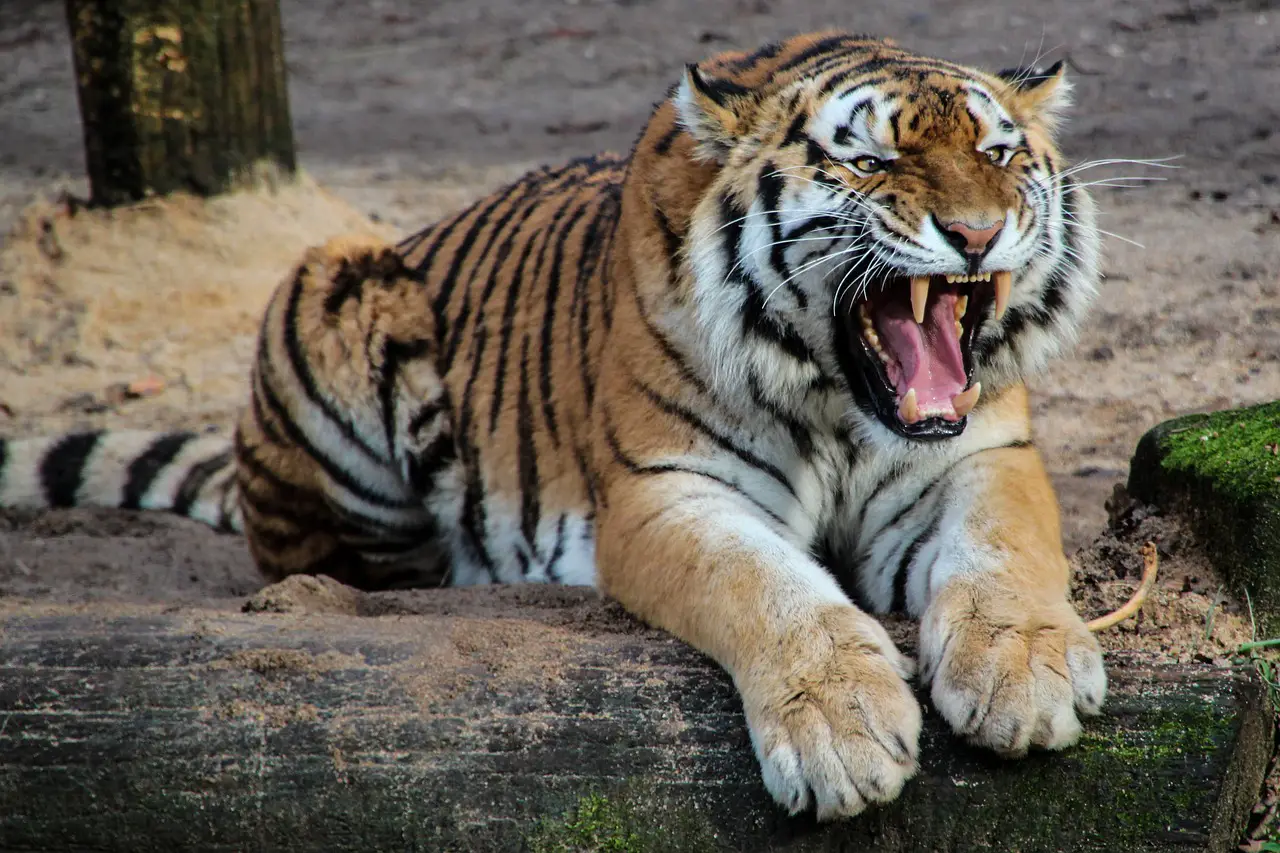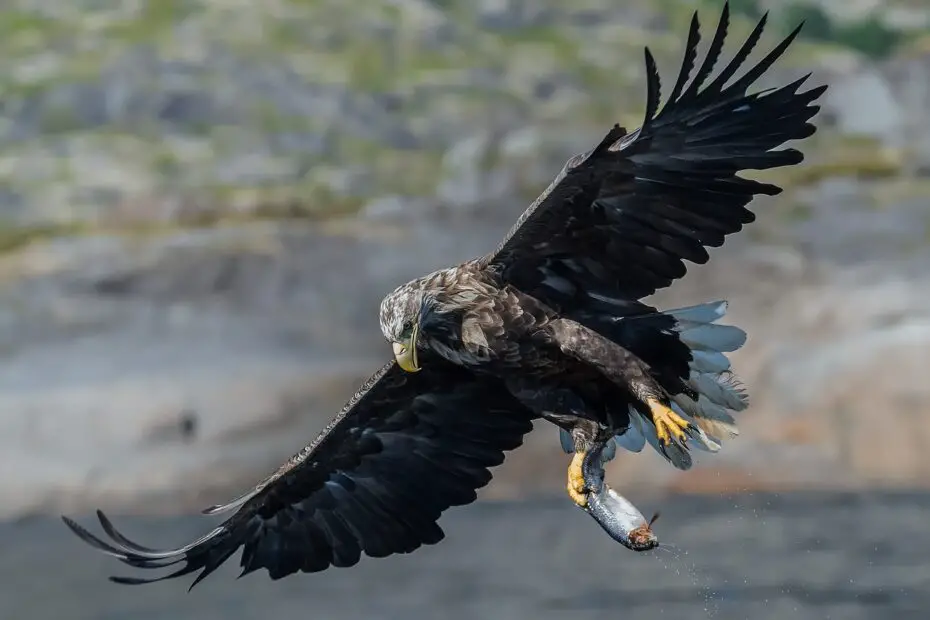The food chain is a fascinating web of life that showcases the intricate relationships between different organisms in an ecosystem. At the heart of this chain lies the concept of the “top of the food chain,” which refers to the apex predators that reign supreme in their respective habitats. In this article, we will explore the world of top predators, their crucial role in maintaining ecological balance, and the challenges they face in today’s changing world.
You may also want to read about the top 8 apex predators.
Introduction
The natural world is a complex network of organisms, each playing a unique role in the delicate balance of ecosystems. At the core of this intricate system are predators, the apex species that sit atop the food chain. These remarkable creatures have evolved over millennia, equipped with adaptations and skills that make them highly efficient hunters and vital components of their ecosystems.
Understanding the Food Chain
Definition of the Food Chain
The food chain is a linear sequence that illustrates the transfer of energy and nutrients from one organism to another in an ecosystem. It begins with primary producers, such as plants or algae, which convert sunlight into food through photosynthesis. The energy then flows through various trophic levels, from herbivores to secondary consumers, tertiary consumers, and finally, to apex predators.

Components of the Food Chain
The food chain comprises different components, including primary producers, primary consumers (herbivores), secondary consumers (carnivores or omnivores), and tertiary consumers (apex predators). Each organism occupies a specific trophic level and plays a crucial role in the energy transfer within the ecosystem.
The Top of the Food Chain
Predators and Their Role
Predators are organisms that hunt and consume other organisms for sustenance. They play a critical role in controlling the population of prey species and maintaining the balance of ecosystems. By preying on other animals, predators help regulate the distribution and abundance of species within their habitats.
Apex Predators and Their Significance
Apex predators are the top-level predators within a food chain. They have no natural predators of their own and exert a significant influence on the structure and dynamics of their ecosystems. Apex predators help control populations of lower trophic levels, indirectly benefiting the entire food chain.
Characteristics of Top Predators
Adaptations for Hunting and Survival
Apex predators possess a range of adaptations that enable them to excel in hunting and survival. These adaptations may include keen senses, specialized teeth and claws, powerful physique, camouflage, speed, agility, and intelligence. Each adaptation serves a specific purpose and increases the predator’s chances of successfully capturing prey.
Ecological Impact
The presence of top predators has far-reaching effects on the ecosystem. Their hunting activities influence the behavior and distribution of prey species, preventing overgrazing or overpopulation. Additionally, top predators help maintain biodiversity by preventing any one species from dominating the ecosystem.
Examples of Top Predators
Top of the Food Chain: Terrestrial Predators
On land, several species hold the position of apex predators. These include the majestic African lion, the elusive tiger, the cunning gray wolf, and the powerful grizzly bear. Each of these creatures has unique characteristics and occupies a vital role in their respective ecosystems.

Top of the Food Chain: Marine Predators
In the vast oceans, apex predators rule the underwater realms. Examples of marine top predators include the great white shark, the orca (killer whale), the saltwater crocodile, and the mighty sperm whale. These magnificent creatures are perfectly adapted to their marine environments and are crucial for the balance of marine ecosystems.
Interactions and Relationships within the Food Chain
Prey-Predator Dynamics
The relationship between prey and predators is a delicate dance of survival. Prey species develop strategies such as camouflage, speed, and defensive mechanisms to evade predation, while predators evolve hunting techniques to capture their prey successfully. This intricate interplay shapes the evolution of both predator and prey species.
Trophic Cascades
Trophic cascades are ecological phenomena in which changes at one trophic level can have cascading effects throughout the entire food chain. For example, a decline in apex predator populations can lead to an increase in mesopredators, which in turn can result in a decrease in herbivores and subsequently impact primary producers.
Human Impact on Top Predators
Habitat Destruction and Fragmentation
Human activities such as deforestation, urbanization, and habitat fragmentation have significant impacts on top predators. Loss of habitat limits their access to prey, disrupts migration routes, and increases human-wildlife conflicts.
Overhunting and Poaching
Overhunting and poaching pose severe threats to apex predators worldwide. Illegal wildlife trade, driven by demand for body parts or trophies, has decimated populations of iconic predators like tigers, rhinos, and elephants.
Climate Change
Climate change is altering habitats and ecosystems, affecting the distribution and behavior of apex predators. Changes in temperature, sea levels, and precipitation patterns can disrupt predator-prey relationships and negatively impact the survival of top predators.
Conservation Efforts for Top Predators
Protected Areas and Wildlife Reserves
Establishing protected areas and wildlife reserves plays a crucial role in conserving apex predators. These protected spaces provide habitats where predators can thrive and fulfill their ecological roles without human interference.
Reintroduction Programs
Reintroduction programs aim to restore top predator populations in areas where they have been extirpated or severely reduced. By carefully selecting suitable habitats and monitoring reintroduced individuals, conservationists work towards restoring ecological balance.
Education and Awareness
Raising awareness about the importance of top predators and their conservation is vital for their long-term survival. Education initiatives help foster a sense of appreciation and respect for these apex species, encouraging people to take action to protect them.
Conclusion
Apex predators sit at the pinnacle of the food chain, orchestrating the delicate balance of ecosystems. Their unique adaptations, hunting prowess, and ecological impact make them integral to the health and functioning of natural environments. However, human activities pose significant threats to these majestic creatures. By understanding their importance and implementing effective conservation measures, we can ensure the preservation of these vital predators for generations to come.
FAQs
1. Why are apex predators crucial for ecosystems? Apex predators help control prey populations, maintain biodiversity, and shape the structure of ecosystems.
2. How do apex predators hunt and survive in their environments? Apex predators have specialized adaptations such as sharp teeth, keen senses, and physical prowess that enable them to hunt and survive successfully.
3. What is the role of trophic cascades in the food chain? Trophic cascades occur when changes at one trophic level have cascading effects throughout the food chain, influencing the abundance of other species.
4. How does climate change affect apex predators? Climate change alters habitats and ecosystems, disrupting predator-prey relationships and potentially affecting the survival of apex predators.
5. What can individuals do to help conserve top predators? Individuals can support conservation efforts by promoting awareness, supporting protected areas, and avoiding products derived from illegal wildlife trade.
